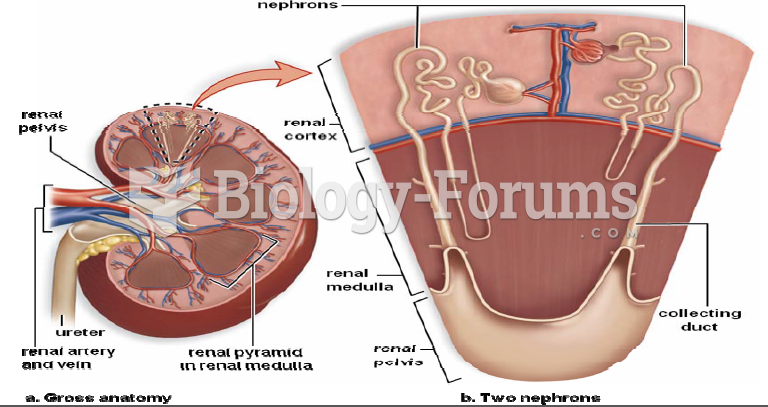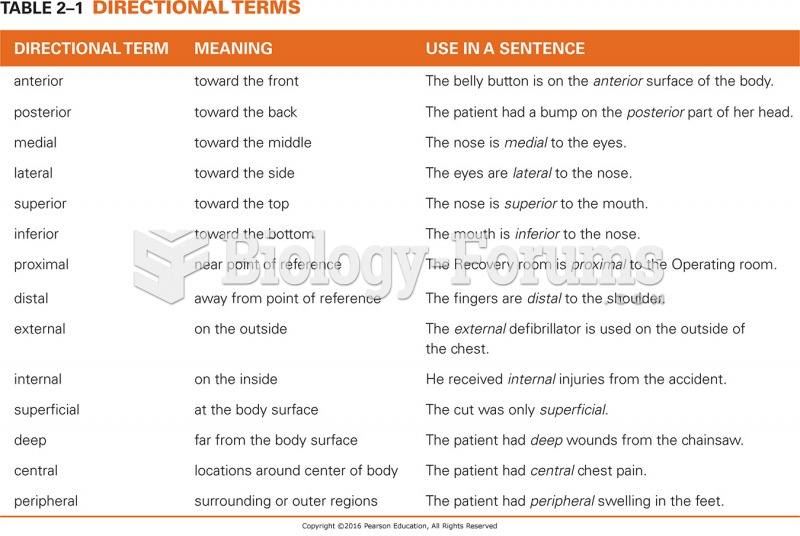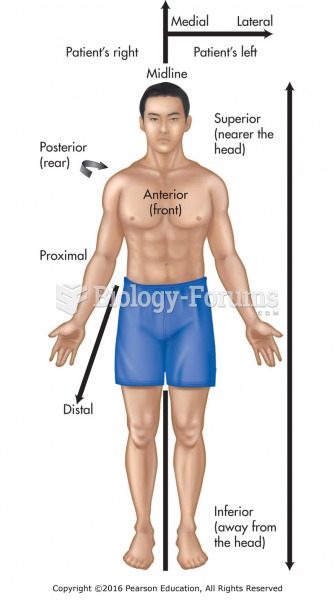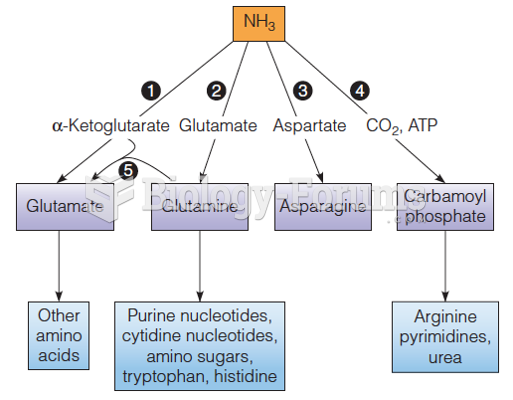Answer to Question 1
Although the word anorexia literally means loss of appetite, that definition is misleading because the person with this disorder rarely suffers appetite loss. Weight loss is accomplished deliberately through a very restricted diet, purging, and/or exercise. Although many persons occasionally use these methods to lose weight, the individual with anorexia intensely fears obesity and pursues thinness relentlessly. The DSM-5 specifies two subtypes of anorexia based on the methods used to limit caloric intake. In the restricting type, individuals seek to lose weight primarily through diet, fasting, or excessive exercise; in the binge-eating/purging type, the individual regularly engages in episodes of binge eating or purging, or both. Compared with persons with bulimia, those with the binge-eating/purging type of anorexia eat relatively small amounts of food and commonly purge more consistently and thoroughly. Of the two major forms of eating disorders afflicting adolescents and young adults, bulimia nervosa is far more common than anorexia. The DSM-5 diagnostic criteria listed in Table 14.2 note that the primary hallmark of bulimia is binge eating. Because most of us overeat certain foods at certain times, you may ask What exactly is a binge? As noted in the criteria, a binge is an episode of overeating that must involve: 1 . an objectively large amount of food (more than most people would eat under the circumstances), and 2 . lack of control over what or how much food is eaten. No specific quantity of food constitutes a bingethe context of the behavior that must also be considered. The second important part of the diagnostic criteria involves the individual's attempts to compensate somehow for a binge. Compensatory behaviors are intended to prevent weight gain following a binge episode, and include self-induced vomiting, fasting, exercising, and the misuse of diuretics, laxatives, enemas, or diet pills.
Answer to Question 2
In the restricting type, individuals seek to lose weight primarily through diet, fasting, or excessive exercise; in the binge eating/purging type, the individual regularly engages in episodes of binge eating or purging, or both. Because studies have failed to find significant evidence of the differences between the bingepurge and restricting subtypes of anorexia, subtypes are used mostly to describe current symptoms rather than a distinctive pattern or course (Eddy et al., 2009; Forbush et al., 2010).







